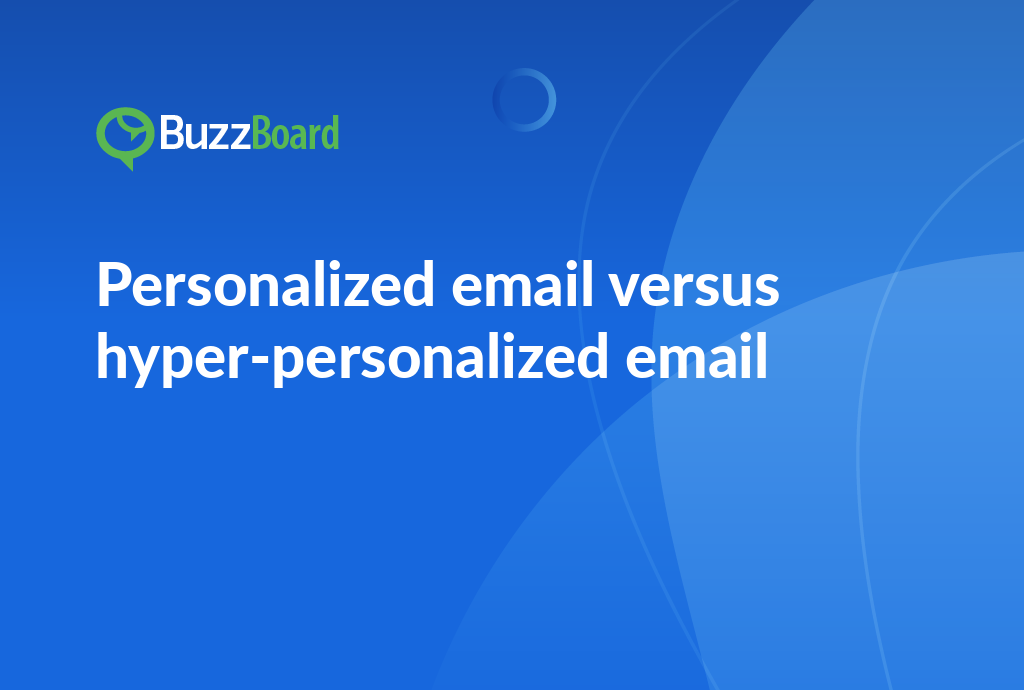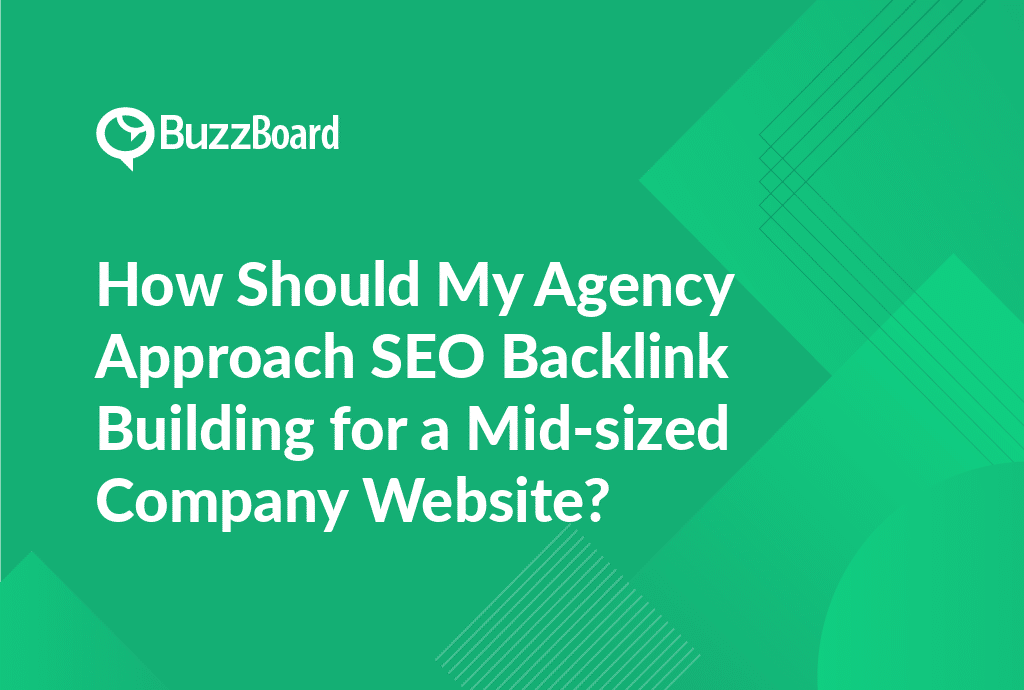Explore Why It’s Crucial for Your Mid-Sized Companies’ Clients’ Websites to Be Mobile-Friendly in Today’s Digital Landscape
In today’s digital landscape, maintaining market relevancy and establishing an edge over the competition are vital for survival and growth. One often overlooked area for business development, particularly for mid-sized companies, is the mobile-friendliness of their website. With a large and increasing number of internet users accessing the web via their mobile devices, it’s no longer a mere option, it has become a necessity for mid-sized companies to have mobile-friendly websites.
Possessing a responsive design for a mobile website can significantly influence a mid-sized company’s marketing strategy. The significance of this goes beyond aesthetics. A mobile-friendly site can boost user engagement, enhance the user experience, and ultimately lead to higher conversion rates. It’s been observed that mobile users are more likely to abandon a site that isn’t mobile-friendly, which translates into missed business opportunities. This can be especially harmful for mid-sized companies striving to broaden their digital footprint.
A mobile-friendly website can enhance the visibility of the mid-sized companies. When a website is mobile-friendly, it ranks higher in search engine results, resulting in increased organic traffic. This search engine optimization effect boosts the company’s online presence and brand recognition.
For mid-sized companies’ marketing strategies, implementing a mobile-friendly website is a game-changer. It’s a potent tool that can assist businesses in reaching a broader audience, improving customer experience, and enhancing online visibility.
As a digital marketing agency, incorporating mobile optimization should be integral to your core offering. Highlight the substantial impacts of having a mobile-friendly website when speaking with potential clients. It’s a significant selling point that could tip the scales in your favor.
The Impact of a Mobile-Friendly Website on a Mid-Sized Company’s Marketing Strategies and Customer Engagement
In today’s digital age, mid-sized companies with websites that aren’t mobile-friendly are likely falling behind. Considering over half of the global web traffic now originates from mobile devices, it’s abundantly clear that a customer-friendly, responsive design isn’t just a ‘nice-to-have’ but a ‘must-have’. A mobile website significantly bolsters customer engagement and enhances overall business performance.
It’s vital to understand that a mobile website diverges from its traditional desktop counterpart in terms of design and accessibility. A success-oriented, mobile-friendly website can instantly captivate consumers, accelerating your mid-sized company’s marketing efforts.
Research suggests consumers are 67% more likely to purchase from a mobile-friendly site, underlining the critical role of responsive design in a fiercely competitive environment. This effectively translates to a higher ratio of potential leads transforming into lucrative sales conversions.
Additionally, mid-sized companies can leverage local SEO strategies via a mobile-friendly website. For instance, optimizing your site for locally prevalent keywords can ensure your business appears when local customers are searching. While this strategy might seem straightforward, only a mobile-friendly site can genuinely capitalize on it, courtesy of quicker loading speeds and superior user experience.
Further, a mobile website simplifies managing your mid-sized company’s digital marketing initiatives. Swiftly alter your website content, modify design elements, or unveil new products or services to your clientele—all key aspects to captivating and retaining customers.
In essence, a mobile-friendly website isn’t solely about staying competitive. It’s about fulfilling client expectations, boosting engagement, and deriving measurable results from your mid-sized company’s marketing endeavors.
Let’s remember, the world isn’t reverting to desktops. Embrace the mobile evolution for your mid-sized company’s growth, prosperity, and customer engagement.
Explain the Concept of Responsive Design and How It Helps in Making a Mid-Sized Company’s Website Mobile Friendly
As digital marketing agencies focused on providing exceptional services to small and medium-sized businesses, you’re probably well acquainted with the term ‘responsive design.’ But what exactly does it mean?
Responsive design refers to the development of a website so that its layout and orientation adapt to fit the viewing device. This is achieved through flexible grids, layouts, images, and CSS media queries. So, why is this essential for medium-sized companies?
Currently, with over 4.66 billion internet users globally, nearly 95% are accessing the web via mobile devices. As such, a mid-sized company’s digital marketing success heavily hinges on the mobile-friendliness of their website.
Responsive design does more than just cater to user behavior—it also accommodates a variety of viewing devices, from desktops to mobile phones. It thereby creates a smooth user experience across all platforms, enhancing the brand’s credibility and improving the company’s reputation.
Crucially, Google favors mobile-friendly websites and often gives this priority in its rankings. With its mobile-first indexing, Google looks at a website’s mobile version first when generating results. By employing a responsive design for a website, mid-sized companies can boost their visibility and SEO, thereby propelling their marketing endeavors.
In the ever-evolving world of marketing for medium-sized companies, responsive design is front and center. As digital marketing agencies, it’s critical to highlight to your clients the value a mobile-friendly website can bring to their business. Besides catering to a wider audience and enhancing user experience, it also improves SEO and bolsters brand visibility.
To enable a smooth transition, provide your expertise and assistance in the creation of responsive websites that encapsulate their brand vision and resonate with their target audience.
Examine the Practical Steps to Convert a Traditional Website of a Mid-Sized Company Into a Mobile Website
In the digital landscape, a seamless online presence significantly influences how customers perceive your business. For mid-sized companies, adaptability to various digital platforms is a crucial aspect of their marketing strategies. For digital marketing agencies targeting these businesses, transitioning their traditional websites into mobile-friendly sites can be a profitable proposition.
The shift from a conventional website to a mobile-friendly site—a process often referred to as responsive design—begins with evaluating the existing website. An understanding of the website’s current structure, content, and functionality provides the foundation for a smooth transition. For example, assessing the site’s load time on mobile devices using Google’s Mobile-Friendly Test can provide insights into server issues that need attention.
A responsive design must resize and reorder content to fit diverse screen sizes without sacrificing functionality or ease of navigation. Additionally, the site should include mobile-specific features like click-to-call buttons or simplified forms. Clear and concise content is ideal for browsing on small screens. It’s crucial to include user-friendly navigation to ensure an optimized user experience. SEO should also accommodate the mobile experience.
Making websites of mid-sized companies mobile-friendly requires understanding their overall marketing goals as well. The mobile website should align with the company’s brand, proposition, and audience. Furthermore, the design process should also consider how the site’s mobile performance will affect its search rankings, keywords, and content strategy.
In conclusion, the secret to converting mid-sized companies to a mobile-friendly presence lies not only in understanding the technicalities of responsive design but also in integrating the mobile website with the company’s strategic marketing objectives.
Potential Pitfalls That an Agency Might Face If Their Client’s Mid-Sized Companies Website Is Not Mobile Friendly and How to Navigate Them
In the fast-paced world of digital marketing, it’s crucial for mid-sized companies to have mobile-friendly websites. The recent surge in smartphone usage has significantly altered how consumers interact with businesses. As digital marketing agencies, it’s our responsibility to ensure our clients adapt to these changes. Let’s explore the potential implications of not having a mobile-friendly website and ways to overcome them.
A mid-sized company’s website that isn’t mobile-friendly can considerably limit your client’s reach. Given that 50% of global web traffic originates from mobile, failure to optimize your client’s website for mobile could result in a severe loss of potential customers. Search engines like Google prioritize mobile-friendly websites in their rankings, which means a lack of responsive design could lead to poor SEO performance and limited visibility.
Another critical factor is user experience. A website not optimized for mobile can be challenging to navigate, leading to a high bounce rate and low conversion rates. Customers anticipate seamless, user-friendly experiences, and failure to provide this can damage your client’s brand image.
So, how can we address this issue? One method is incorporating responsive design when creating your client’s website. This type of design ensures the website adjusts to fit the screen size of any device used to access it, leading to an improved user experience, better SEO rankings, and more effective marketing for mid-sized companies.
Another strategy involves conducting a mobile audit of your client’s website to identify areas for improvement and guide necessary changes. Combining this with diligent tracking of mobile analytics ensures your client’s website delivers optimal performance.
As digital marketers, you must recognize the importance of having a mobile-friendly website for mid-sized companies and guide your clients appropriately. This isn’t just about remaining relevant—it’s about unlocking growth potential in our increasingly mobile-centric world.









